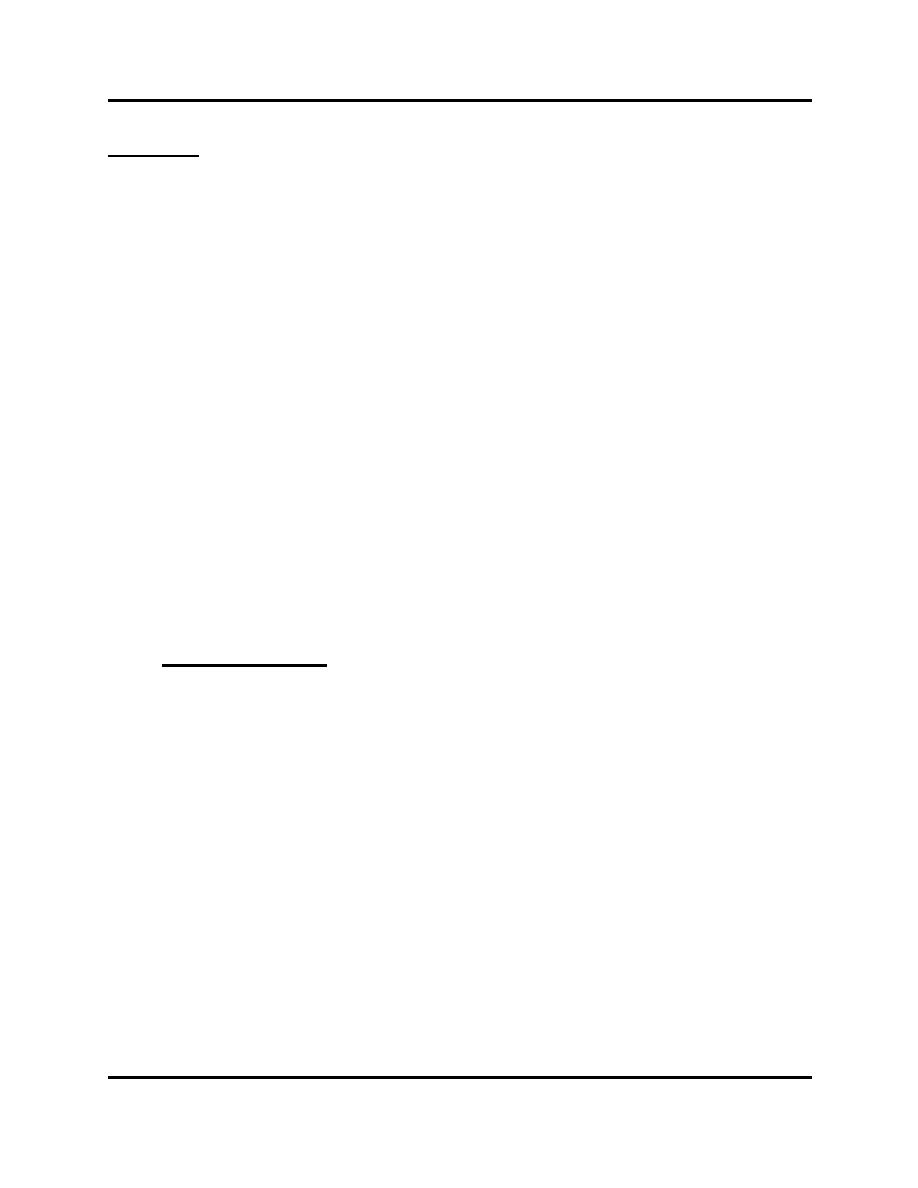
4.4 Biological Resources
Borrow Sites
Under Alternative 2b, less sand would be dredged from borrow sites SO-9, SO-5, MB-1, and SS-1, as
smaller quantities would be deposited at the corresponding receiver sites. Under this alternative, it is
possible that the same underwater surface area would be affected, 1.8 percent of the shelf-area, but
dredged at a shallower depth. Alternatively, less surface area could be dredged at the same depths. Either
impact would be less than significant. The borrow sites would not be degraded as a result of the proposed
action because the impacted area is small and the biota would recover quickly. As with Alternative 2a,
there would be no significant indirect turbidity impacts from activity at the borrow sites.
Mitigation Measures for Alternative 2b
As with Alternative 2a, there would be no direct or indirect significant impacts to marine resources;
however, SANDAG would implement a monitoring program for verification. That program is described
in Section 2.5. If significant, long-term adverse impacts to marine resources are documented by the
monitoring effort resulting from project discharge activities, thenrestoration or creation of like habitat at 1:1
ratio would be implemented as described in Section 2.5. A "not-to-exceed" cap on mitigation costs would
be negotiated by SANDAG, similar to the previously permitted Navy Homeporting project.
No Action Alternative
4.4.4
Under this alternative, there would be no direct or indirect effects of material removal at the borrow sites.
The potential for increased biodiversity at borrow sites would not be realized. There would be no potential
for even partial project-related sedimentation to marine resources as no new sand would be introduced;
however, there would also be no potential for improved shore bird and grunion habitat at currently cobble-
filled beaches.
Page 4.4-52
Regional Beach Sand Project EIR/EA
99-69\SANDAG EIREA 4.1 to 4.13.wpd 7/17/00



 Previous Page
Previous Page
